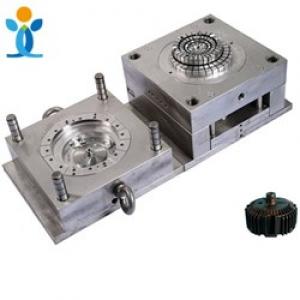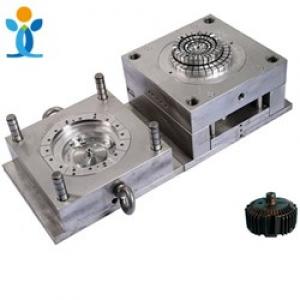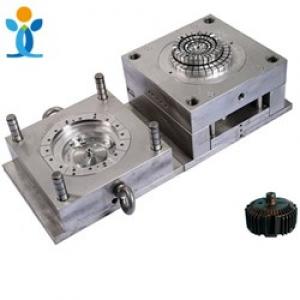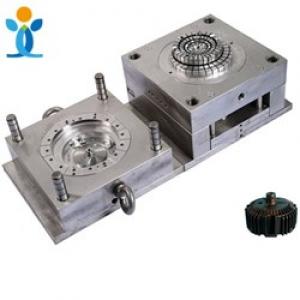To solve the stress problem, which injection molding process parameters need to be adjusted?
To solve the stress problem, which injection molding process parameters need to be adjusted?
In the molding process of plastic products, any molding factor that can reduce the orientation of polymer molecules in the products may reduce the orientation stress; any process condition that can make the polymer in the products evenly cool can reduce the cooling internal stress; any processing method that can help the plastic products demould is conducive to reduce the demoulding internal stress.
The processing conditions that have great influence on the internal stress are as follows:① Barrel temperature
Higher barrel temperature is conducive to the reduction of orientation stress, because at higher barrel temperature, melt plasticization is uniform, viscosity drops, and fluidity increases. In the process of melt filling the cavity, the molecular orientation effect is small, so the orientation stress is small.
However, at lower barrel temperature, the melt viscosity is higher, the molecular orientation is more during the filling process, and the residual internal stress is larger after cooling and setting. However, too high barrel temperature is not good, too high is easy to cause insufficient cooling and deformation during demoulding. Although orientation stress is reduced, cooling stress and demoulding stress are increased.
② Mold temperature
To solve the stress problem, which injection molding process parameters need to be adjusted?
The high temperature of die has a great influence on orientation stress and cooling stress. On the one hand, if the temperature of the die is too low, the cooling will be accelerated, and the uneven cooling will lead to the big difference in the shrinkage, thus increasing the internal stress of the cooling;
On the other hand, when the mold temperature is too low and the melt enters the mold, the temperature decreases and the viscosity of the melt increases rapidly, which results in the filling of the mold at high viscosity and the formation of orientation stress.
The mold temperature has a great influence on the crystallization of plastics. The higher the mold temperature is, the more conducive to the tight stacking of grains, and the reduction or elimination of defects inside the crystals, thus reducing the internal stress.
In addition, for different thickness of plastic products, the mold temperature request is different. For thick wall products, the mold temperature should be higher.
③ Injection pressure
Because of the high injection pressure, the shearing force in the process of melt filling is great, and the opportunity of producing orientation stress is also great. Therefore, in order to reduce the orientation stress and release stress, the injection pressure should be reduced properly. .
④ Holding pressure
The effect of holding pressure on the internal stress of plastic products is greater than that of injection pressure. In the pressure maintaining stage, with the decrease of melt temperature, the viscosity of melt increases rapidly. If high pressure is applied at this time, the forced orientation of molecular chain will be caused, thus forming greater orientation stress.
⑤ Injection speed
The faster the injection speed is, the more likely it is to increase the orientation degree of the molecular chain, resulting in greater orientation stress. However, when the injection speed is too low, the plastic melt may layer into the mold cavity, forming melting marks, producing stress concentration lines and stress cracking.
Therefore, the injection speed should be moderate. It is better to use variable speed injection and stop filling the mold when the speed is gradually reduced.
⑥ Pressure holding time
The longer the holding time is, the greater the shear effect of the plastic melt will be, resulting in greater elastic deformation and more orientation stress freezing. Therefore, the orientation stress increases with the increase of holding time and feeding amount.
⑦ Mould opening residual pressure
The injection pressure and holding time should be adjusted properly so that the residual pressure in the mold is close to the atmospheric pressure when the mold is opened, so as to avoid producing greater internal stress of mold release.




